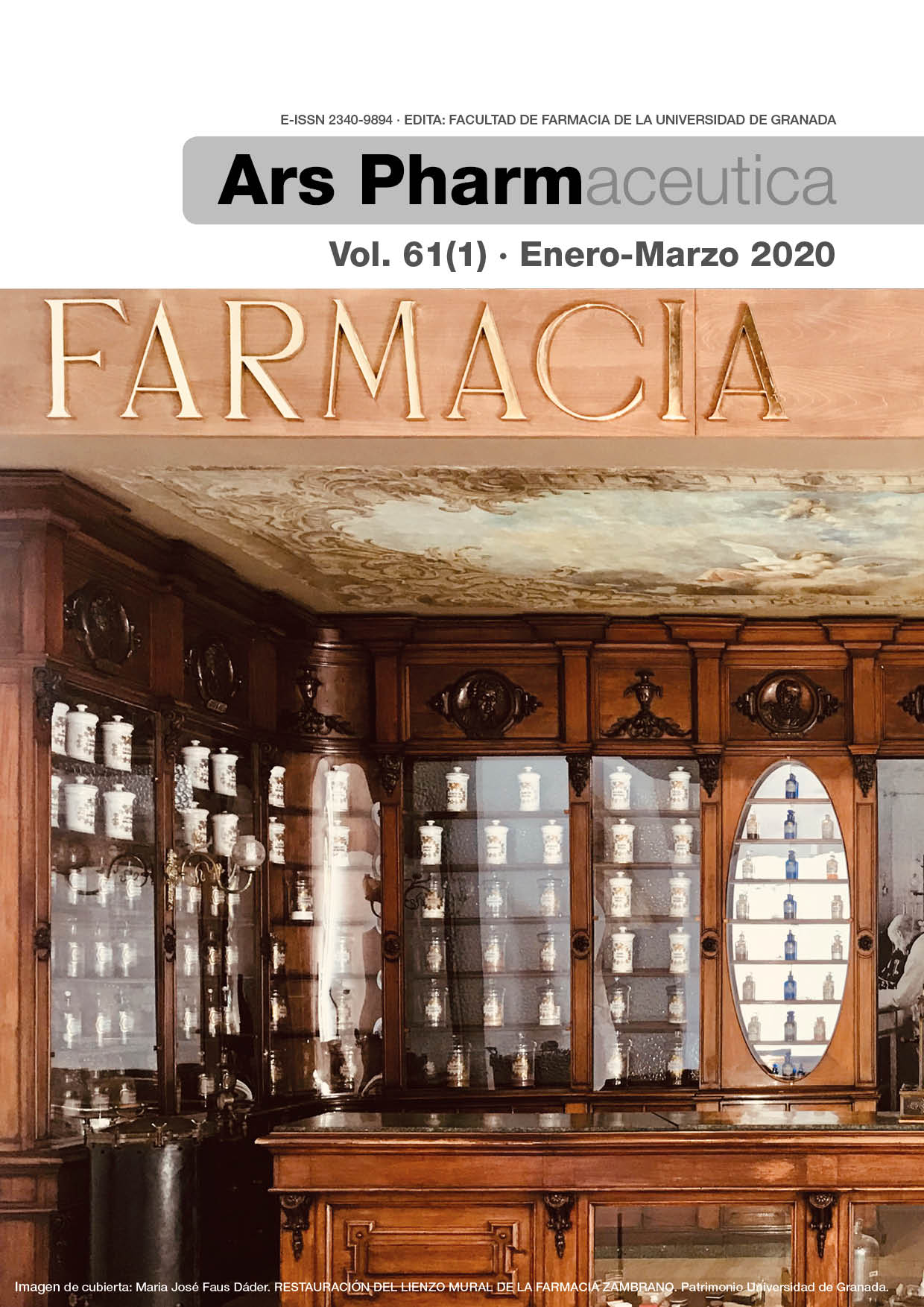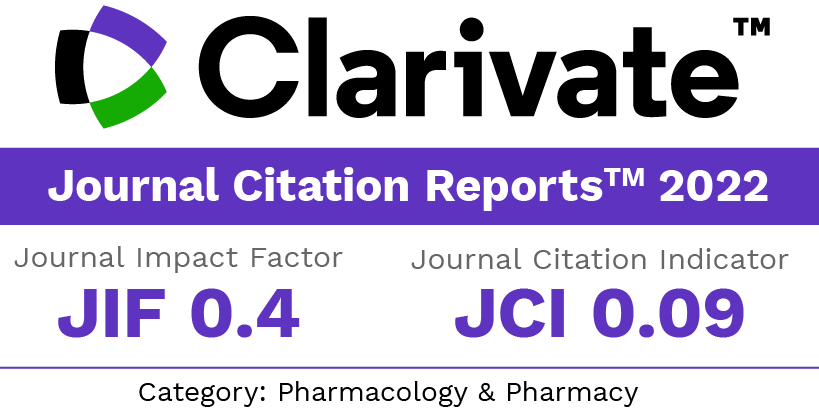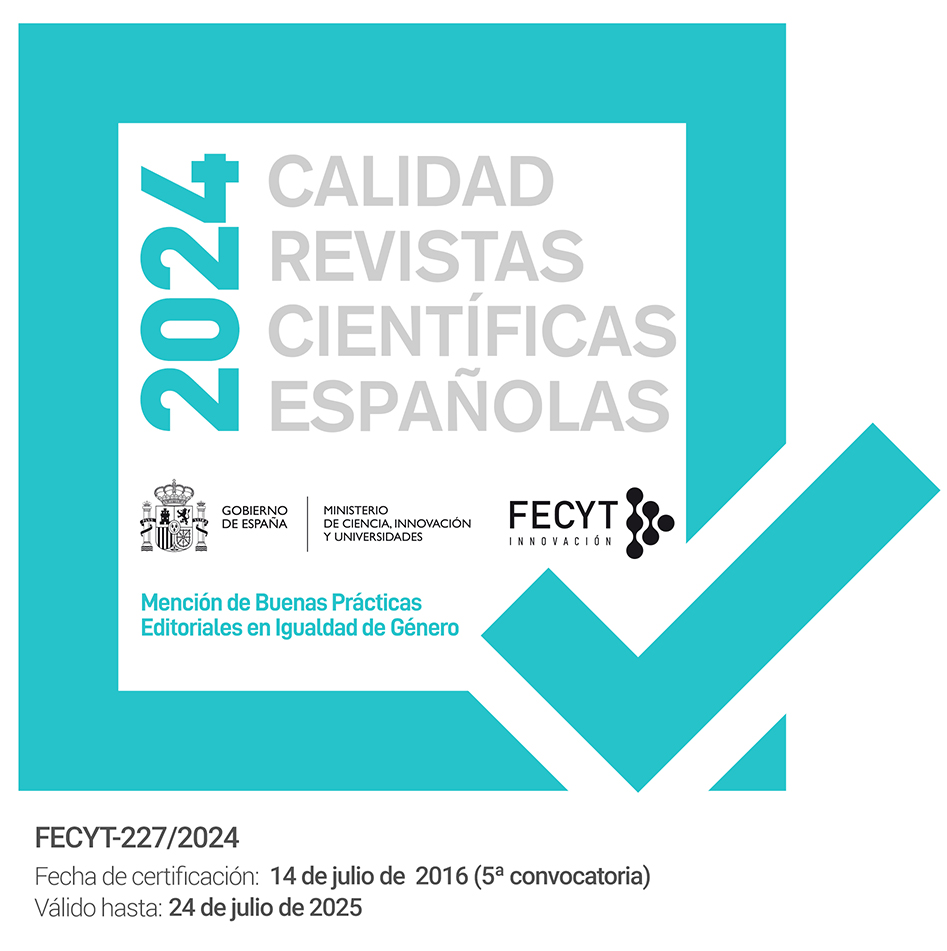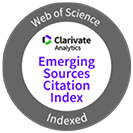Using a social media campaign to promote public health awareness among pharmacy students
Keywords:
Public health, pharmacy educationAbstract
Objective: To describe pharmacy students’ perceptions about an innovative teaching activity planned to introduce the concept of public health and its relationship with pharmacy.
Methods: Elements of Public Health’ students had to take at least one picture illustrating how public health impacts their communities or place of residence. To do so, they received a Spanish This is Public Health campaign sign that had to be used to create a post in their personal Facebook profiles. At the end of this activity, students completed a brief survey evaluating their perceptions.
Results: The This is Public Health campaign allowed students to comprehend public health concepts and recognized its relationship with pharmacy. Moreover, using this didactic strategy increased their interest and motivation towards public health-related topics. Students were able to identify the use of social media as a good way of presenting health information to their contacts.
Conclusions: It is possible to motivate pharmacy students to know more about their role in public health activities using innovative teaching strategies. Public health educators need to integrate these strategies with classic classroom lessons and activities, accordingly to the changing learning needs of students that are growing up within a more technological background.
Downloads
References
Muñoz F, López-Acuña D, Halverson P, Guerra de Macedo C, Hanna W, Larrieu M, Ubilla S, Zeballos J.L. Las funciones esenciales de la salud pública: un tema emergente en las reformas del sector de la salud. Pan Am J Public Health. 2000; 8(1/2): 126-134
Palombi L, Kading M, Hayes C.J. The Public health pharmacist and the role of the pharmacy curriculum: a call to action. Currents in Pharmacy Teaching and Learning. 2013; 5: 477–482. Doi.org/10.1016/j.cptl.2013.06.011.
Nemire R.E, Ward C.T, Whalen K, Quinn J, Subramaniam V, Gershon S.K. Public health matters: the role of the pharmacist and the academy. Currents in Pharmacy Teaching and Learning. 2010; 2: 2–11. Doi:10.1016/j.cptl.2009.12.001.
Clancy A, Svensson T. Perceptions of public health nursing practice by multiple health officials in Norway. Public Health Nursing. 2009; 26(5): 412–420. Doi: 10.1111/j.1525-1446.2009.00799.x.
Geraghty C, Fanany R. This is Public Health: Australian Students' Understanding of Public Health. International Journal of Health, Wellness & Society. 2011; 1(2):177-195
International Pharmaceutical Federation. FIP Education Initiatives. Pharmacy Education Taskforce a Global Competency Framework Version 1. 2012; available at https://www.fip.org/files/fip/PharmacyEducation/GbCF_v1.pdf. Accessed July 20, 2019
American Public Health Association. The role of pharmacists in public health. Policy Number 200614. 2006; available at: https://www.apha.org/policies-and-advocacy/public-health-policy-statements/policy-database/2014/07/07/13/05/the-role-of-the-pharmacist-in-public-health. Accessed July 20, 2019
Association of Schools and Programs of Public Health. This is Public Health. 2019; available at: https://thisispublichealth.org/resources. Accessed July 20, 2019
Chase N.L, Dominick G.M, Trepal A, Bailey L.S, Friedman D.B. This Is Public Health: Recycling Counts! Description of a Pilot Health Communications Campaign. Int. J. Environ. Res Public Health. 2009; 6: 2980-2991. Doi:10.3390/ijerph6122980
Dundas K.J, Hansen V, Outram S, James E.L. A “Light Bulb Moment” in understanding Public Health for undergraduate students: evaluation of the experiential “This is Public Health” photo essay task. Front. Public Health. 2017; 5:116. Doi: 10.3389/fpubh.2017.00116
Moeller K.E, Woods B. Pharmacy Students’ Knowledge and Attitudes Regarding Medical Marijuana. Am J Pharm Educ. 2015; 79(6): 85. Doi: 10.5688/ajpe79685
Shah B, Rahlm H, Yin H, Bhavsar J. Pharmacy students' attitudes toward a required public health course and developing a public health program. Am J Pharm Educ. 2009; 73(7): 134. Doi.org/10.5688/aj7307134
Kelsch M.P, Werremeyer A.B. Poster Project to Emphasize Public Health in the Pharmacy Curriculum. Am J Pharm Educ. 2011; 75(1): 2. Doi.org/10.5688/ajpe7512
Fuentes D, DeGuire N, Patel R, Boyce E. A Team Public Health Research Project for First-Year Pharmacy Students to Apply Content from Didactic Courses. Am J Pharm Educ. 2010; 74 (6): 99. Doi.org/10.5688/aj740699
DiPietro Mager N.A, Farris K.B. The Importance of Public Health in Pharmacy Education and Practice. Am J Pharm Educ. 2016; 80 (2): 18. Doi.org/10.5688/ajpe80218
Truong H, Patterson B.Y. Professional and Educational Initiatives, Supports, and Opportunities for Advanced Training in Public Health. Am J Pharm Educ. 2010; 74(7): 122. https://doi.org/10.5688/aj7407122
Clauson K.A, Singh-Franco D, Sircar-Ramsewak F, Joseph S, Sandars J. Social media use and educational preferences among first-year pharmacy students. Teach Learn Med. 2013; 25(2): 122-8. Doi: 10.1080/10401334.2013.770742
Jiménez Herrera L.G. Estrés en estudiantes de farmacia de la Universidad de Costa Rica. Actualidades Investigativas en Educación. 2010; 10(2): 1-29. Available at https://revistas.ucr.ac.cr/index.php/aie/article/view/10114/17965
Hamilton L.A, Franks A, Heidel R.E, McDonough S.L, Suda K.J. Assessing the value of online learning and social media in pharmacy. Am J Pharm Educ. 2016; 80(6): 97. Doi: 10.5688/ajpe80697
Benetoli A, Chen T.F, Aslani P. The use of social media in pharmacy practice and education. Res Social Adm Pharm. 2015; 11(1), 1-46. Doi: 10.1016/j.sapharm.2014.04.002
Downloads
Published
How to Cite
Issue
Section
License
Copyright (c) 2020 Angie Leon-Salas, María Soledad Quesada-Morua

This work is licensed under a Creative Commons Attribution-NonCommercial-ShareAlike 4.0 International License.
The articles, which are published in this journal, are subject to the following terms in relation to the rights of patrimonial or exploitation:
- The authors will keep their copyright and guarantee to the journal the right of first publication of their work, which will be distributed with a Creative Commons BY-NC-SA 4.0 license that allows third parties to reuse the work whenever its author, quote the original source and do not make commercial use of it.
b. The authors may adopt other non-exclusive licensing agreements for the distribution of the published version of the work (e.g., deposit it in an institutional telematic file or publish it in a monographic volume) provided that the original source of its publication is indicated.
c. Authors are allowed and advised to disseminate their work through the Internet (e.g. in institutional repositories or on their website) before and during the submission process, which can produce interesting exchanges and increase citations of the published work. (See The effect of open access).



















